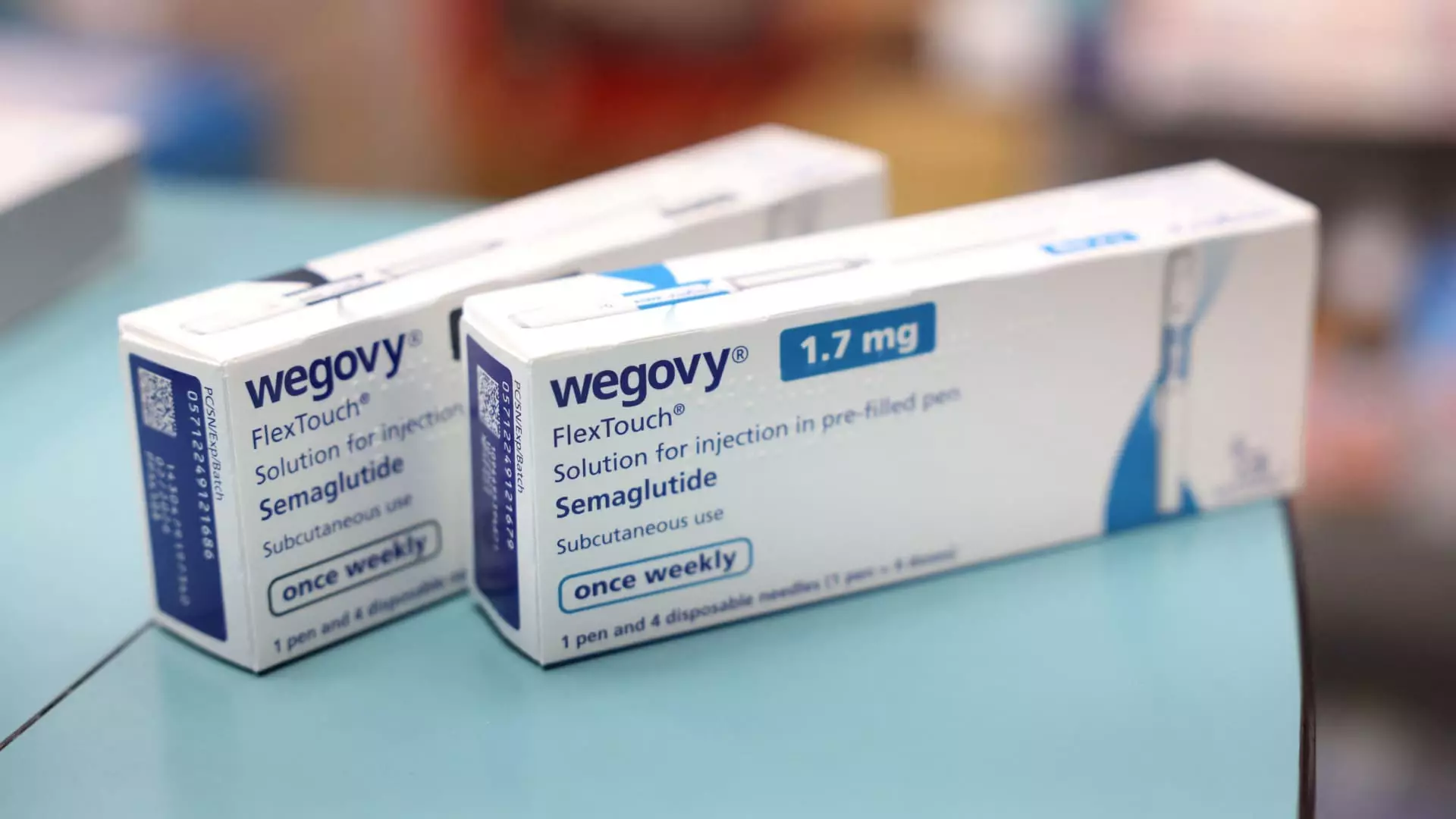The recent approval of Wegovy for heart health has opened up new possibilities for more than 3 million people with Medicare. However, despite this positive development, some eligible beneficiaries may still face out-of-pocket costs for this highly popular and expensive drug. It has been reported that certain Medicare prescription drug plans may even delay coverage for Wegovy until 2025. This could potentially put a strain on Medicare’s budget, as the program’s prescription drug plans could spend an additional net $2.8 billion if just 10% of the eligible population were to use the drug for a full year.
Under the new guidance issued in March, Medicare Part D plans are now allowed to cover Wegovy for patients who are obese or overweight, have a history of heart disease, and are specifically prescribed the weekly injection to reduce their risk of heart attacks and strokes. This opens up the opportunity for 3.6 million Medicare beneficiaries, based on 2020 data, to access the drug. This group makes up 1 in 4 of the 13.7 million Medicare patients who are obese or overweight. However, these numbers may have increased based on more recent data.
While it is encouraging that certain Medicare beneficiaries will now have access to Wegovy without bearing the full $1,300 monthly price tag alone, there are still challenges ahead. Medicare prescription drug plans administered by private insurers, known as Part D, are currently unable to cover Wegovy and other GLP-1 drugs for weight loss alone. This could result in monthly out-of-pocket costs ranging from $325 to $430 for beneficiaries who have to pay a percentage of the drug’s list price for a month’s supply.
Despite the introduction of a new cap on out-of-pocket spending for Part D beneficiaries in 2024 and 2025, the financial burden remains a significant concern, especially for those with modest incomes. Additionally, some Medicare beneficiaries may find it difficult to access Wegovy if certain Part D plans implement requirements such as “step therapy” to control costs and ensure appropriate use. This could potentially limit the use of Wegovy among the target population, as highlighted by KFF’s analysis.
While some Part D plans have already announced that they will begin covering Wegovy this year, the overall coverage landscape remains uncertain. Many plans may be hesitant to expand coverage now, as they are unable to adjust premiums mid-year to offset the higher costs associated with the drug. This suggests that broader coverage may be more likely in 2025. It is important to note that Medicare already covers GLP-1s and other treatments for diabetes, such as Novo Nordisk’s blockbuster Ozempic, indicating a potential shift in coverage trends.
The approval of Wegovy for heart health among Medicare beneficiaries presents both opportunities and challenges. While it expands access to a potentially life-saving treatment, the financial implications and access barriers must be carefully navigated to ensure equitable and effective healthcare for all eligible individuals.

Leave a Reply